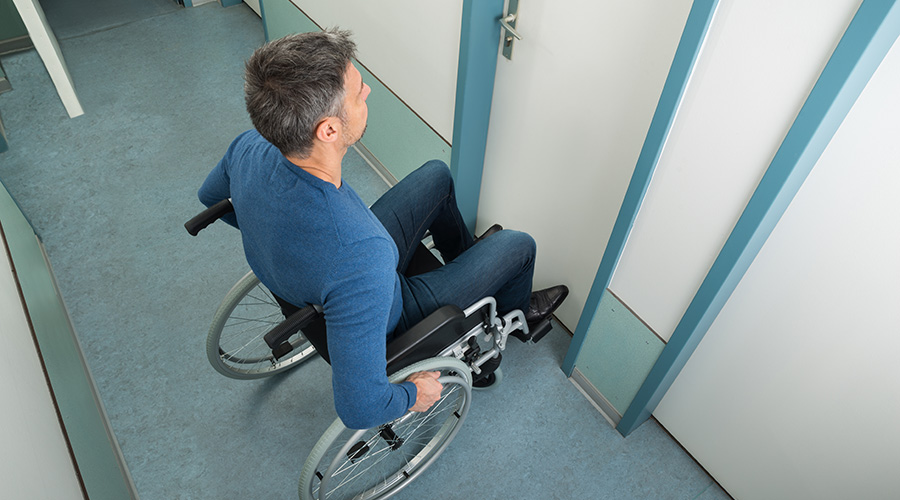ADA 2012: What You Need To Know
OTHER PARTS OF THIS ARTICLEPt. 1: This Page
Today, we will be discussing recent changes to the Americans With Disabilities Act (ADA) that went into effect March 15, 2012, and the way the new and updated guidelines will affect your facilities and their operations.
For the purposes of today's discussion, we will focus on the major changes to accessibility guidelines that already are in effect for the nation's commercial and institutional buildings which include:
• New elements, including guidelines for amusement rides, golf courses, swimming pools and spas, fitness rooms, and other recreational areas.
• Changes in scoping and technical requirements, such as those for toilet centerlines, reach ranges, the number and types of hotel guest rooms, and the number of van-accessible parking spaces.
Joining us today is Joan Weiss Stein, a national ADA expert who will answer your questions.
Joan is president and CEO of Accessibility Development Associates Inc., the company she founded in 1992. She heads the company's human resources, policy development, event and convention planning, and related consulting services.
Joan has presented programs to more than 200 professional, civic and service organizations about ADA, including the U.S. Department of Housing and Urban Development, the U.S. Bureau of Mines, the Pennsylvania Housing & Finance Agency, and Manpower Services Inc.
For a complete listing of her credentials, articles, presentations, training, and education, visitwww.adaconsults.com.
Wednesday June 27, 2012
Related Topics:











